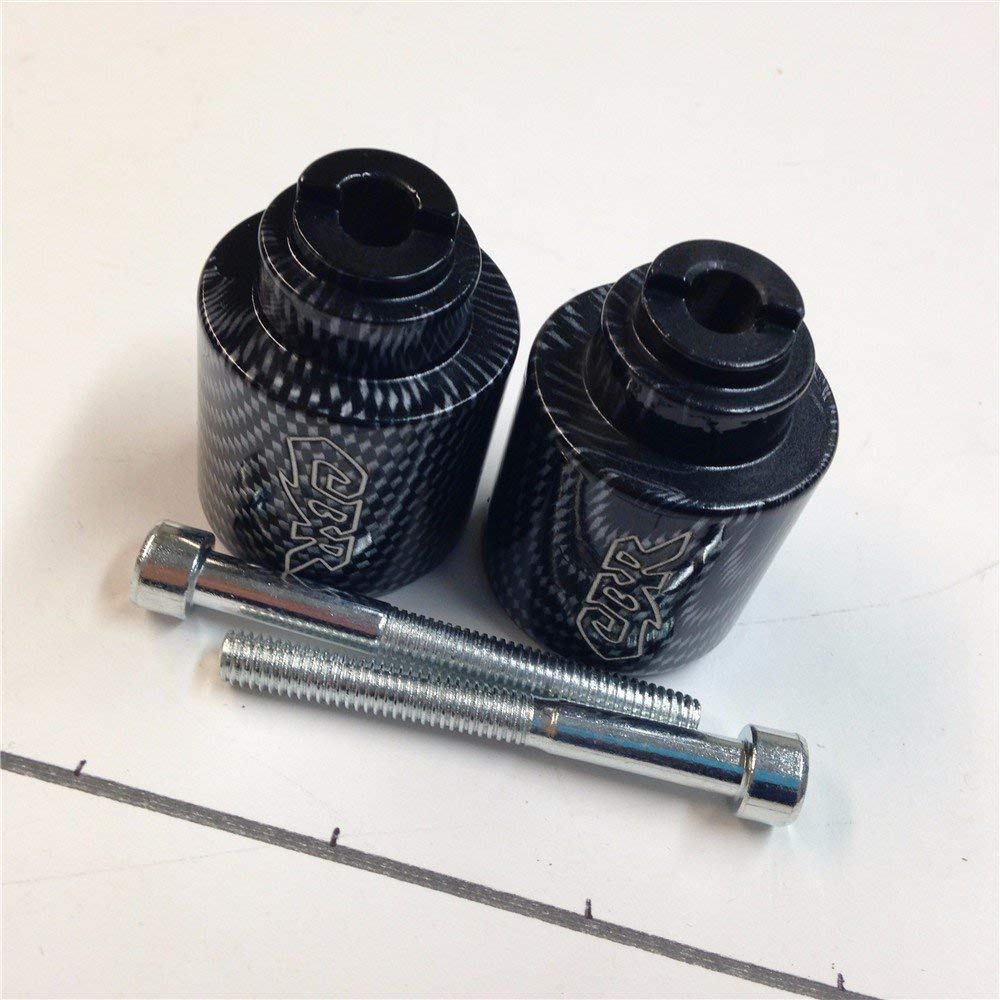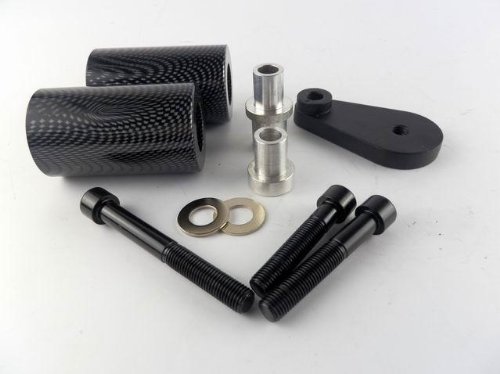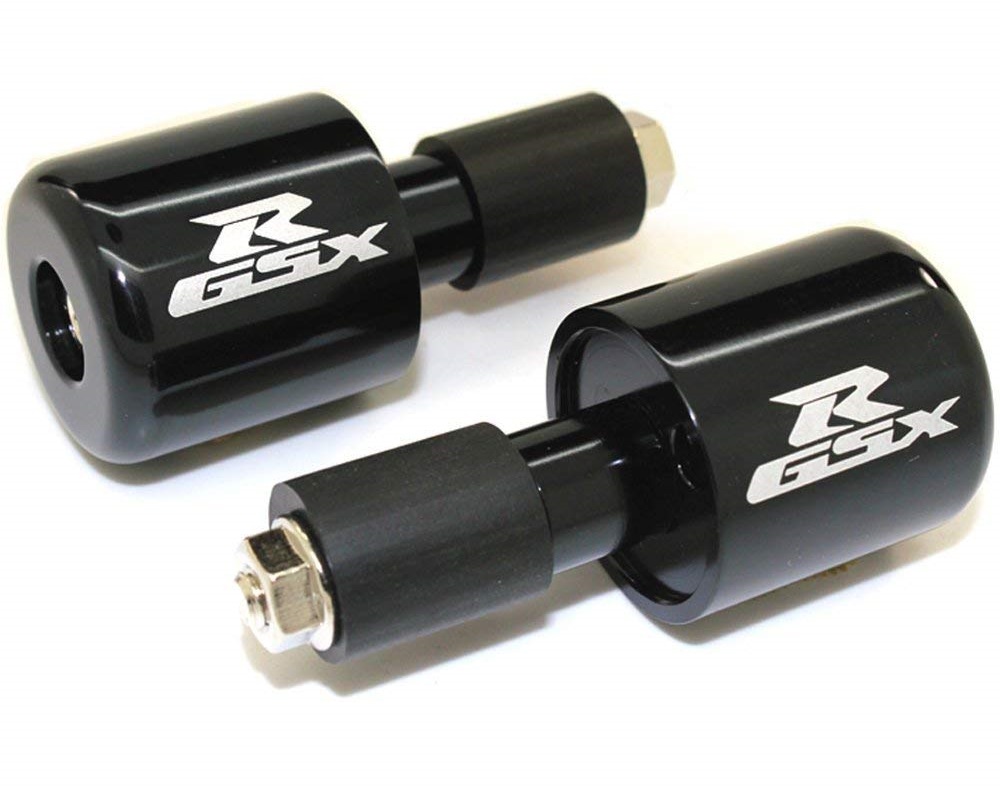Motorcycle Frame Sliders
In motorcycle riding, protection is a very important thing, both for the rider and for the motorcycle. A simple low-speed crash can cause a lot of damage to the motorcycle and may cost you big money to fix it. It is especially true for sports bikes with full body fairing. It is where the motorcycle frame sliders come into play. In case of an accident, frame sliders let the motorcycle slide or coast to a more natural stop. They absorb most of the impact energy and spread it evenly throughout the frame and protect the expensive bodywork and essential structural parts of your motorcycle. Let’s look at some of the things to consider before choosing best motorcycle frame sliders for protecting your motorcycle.
Do you need Motorcycle Frame Sliders
The first question is what kind of ride you have and where do you ride most of the time. Since frame sliders require a hard surface to slide or coast, they work best on the tarmac. In off-road crashes where the surface is loose gravel or mud, frame slider might dig in and flip the motorcycle, causing even more damage. So the motorcycle frame sliders are not an ideal solution for protecting your off-road machine. Frame sliders are good at protecting motorcycle in case of a low-side type crash where you lose traction and motorcycle slides out from you. In this type of crash, the first contact point to the tarmac is the slider. It will absorb all the energy and protect your motorcycle.
You may ask why do you need frame sliders when your motorcycle comes with factory-fitted crash bars. Even though factory-fitted crash bars are good at protecting your motorcycle, they are not as good as frame sliders.
Different Types of Sliders

Even though they have a very simple design, you cannot install sliders designed for one motorcycle type onto another type. For example frame sliders designed for naked bikes are not always compatible with a faired motorcycle. Let’s look at the different types of motorcycle frame sliders available and also different configurations for mounting frame sliders.
Frame Sliders directly mounted onto the motorcycle frame
Most popular and widely used on all types of motorcycles. These sliders are directly mounted onto a strong part of the motorcycle frame. Installing sliders directly onto the frame is very easy for naked bikes. You just need to remove some bolts holding frame and engine together and install frame sliders using supplied longer bolts. But if you have a faired motorcycle, it is not very easy. For a faired bike, you may need to alter the fairing by making a hole to mount the sliders. So before mounting on a faired motorcycle, make sure you don’t mind altering your motorcycle permanently. If you don’t want to cut a hole in your motorcycle’s body there are different mounting options available.
Fairing-mounted frame sliders
You can mount frame sliders directly onto a faired motorcycle using small fairing screws. Not as sturdy as a frame mounted sliders, these fairing sliders offer little protection from the crash. Not suitable and advisable if you are a serious rider.
Sliders mounted indirectly onto the frame

If you don’t want to alter the fairing, there is another option to mount frame sliders. You can install the slider on an offset bracket that is fixed to the frame. These sliders offer better protection than the fairing mounted sliders. But they are not as good as frame sliders directly mounted onto the frame or engine.
Frame Sliders mounted through engine bolts
Some motorcycle designs allow you to mount frame sliders through engine bolts using long double headed bolts. It is the most sturdy and strongest type of mounting option available for motorcycle frame sliders. It evenly distributes the impact energy throughout the frame and reduces the chances of damage.
Also check out – How to Choose Best Motorcycle Tire Pressure Monitoring System (TPMS)
Motorcycle Frame Slider Material
Frame sliders are generally made from a variety of hard plastic or nylon. Some are made from aluminum as well. But plastic or nylon sliders are most preferred. High-quality frame sliders are made of nylon or Delrin with internal metal collars for additional strength. Any good material for a motorcycle frame slider should have three basic properties, good energy absorbing properties, good abrasion resistance and structural strength.
Other Types of Motorcycle Sliders
Apart from frame sliders, you can also install some other types of sliding protection to your motorcycle. Let’s take a look at different types of sliders that are available for a motorcycle.
Bar End Slider – Bar end sliders replace handlebar end weights. They provide additional protection for your motorcycle.

Fork Sliders – Additionally you can also install fork or axle sliders to protect the front forks and also front disk brake in case of an accident.
Swingarm Sliders – Swingarm sliders offer protection to the swingarm. Replacing a swingarm is a costly affair, so having swingarm sliders minimized the risk of damaging it in the event of a crash. You can also install axle block sliders. Some swingarm or axle block sliders also function as spools for paddock stands.
Important things to consider before installing motorcycle frame sliders
Remember to remove the factory-fitted crash guards before installing the sliders. Because the length of the crash guards may be different from that of sliders. So having both of them on the same motorcycle is not always advisable. Crash guards are also very heavy, so by removing them, you can reduce the weight of your motorcycle.
Make sure you install the frame sliders on the most rigid part of the motorcycle chassis, such as engine mounting points. You need to remove the engine mounting bolts and fix the frame sliders using the longer bolts that are supplied with them. New generation motorcycles come with specific points to mount the sliders.
Another important thing to note is that the frame sliders are only useful for motorcycles used on tarmac. Don’t use them on dirt bikes and off-road motorcycle.
